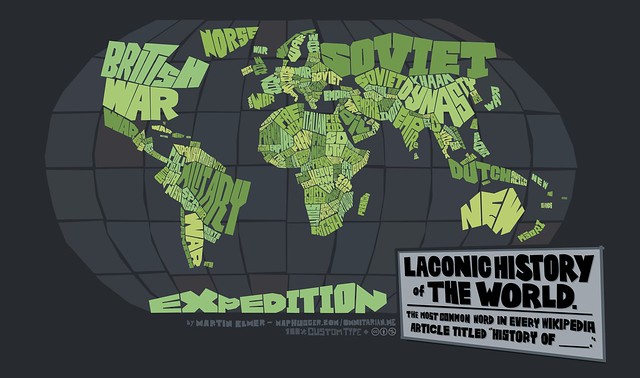| Top stories from Sustainable #Cities Collective on September 6, 2013 | |
 | |
| Most read on Sustainable Cities Collective | |
| » Subscribe to our daily post digest email! | |
| Editor's Choices  By Jim Russell - The latest exodus from the Emerald Isle has reached hyperbolic speed. Ireland's rate of emigration is continuing to increase and at one stage one person was leaving the country to live abroad every six minutes - the highest number since modern records began in the late 1980s. » Continue... By Jim Russell - The latest exodus from the Emerald Isle has reached hyperbolic speed. Ireland's rate of emigration is continuing to increase and at one stage one person was leaving the country to live abroad every six minutes - the highest number since modern records began in the late 1980s. » Continue...  By This Big City - Osaka is flat, well-signposted, and chock full of destinations to whizz around at high-speed. It's also relatively cycle-friendly, something that will come as a bit of a culture shock to British and American tourists used to navigating roads stuffed with particularly homicidal drivers. » Continue... By This Big City - Osaka is flat, well-signposted, and chock full of destinations to whizz around at high-speed. It's also relatively cycle-friendly, something that will come as a bit of a culture shock to British and American tourists used to navigating roads stuffed with particularly homicidal drivers. » Continue...  By The Dirt ASLA - With the success of High Line Park in New York, every city is looking at their old railroad tracks as untapped assets instead of eyesores ready for the scrap heap. Queens seeks to turn a stretch of abandoned Long Island track into a foundation for a new park called the QueensWay. » Continue... By The Dirt ASLA - With the success of High Line Park in New York, every city is looking at their old railroad tracks as untapped assets instead of eyesores ready for the scrap heap. Queens seeks to turn a stretch of abandoned Long Island track into a foundation for a new park called the QueensWay. » Continue...  By Katrina Johnston-Zimmerman - Walking the streets of any city one can find a myriad of terrible places simply because of the design itself. And make no mistake, they are designed, they're just designed poorly. When discussing urban design, thankfully, the tone increasingly is that of good design. » Continue... By Katrina Johnston-Zimmerman - Walking the streets of any city one can find a myriad of terrible places simply because of the design itself. And make no mistake, they are designed, they're just designed poorly. When discussing urban design, thankfully, the tone increasingly is that of good design. » Continue...  By Hassan Arif - The 50th anniversary of Martin Luther King's "I have a dream" speech and the march on Washington for social justice sheds light on Dr. King's mission, on the progress that has been made since his 1963 speech and on the long way still to go. » Continue... By Hassan Arif - The 50th anniversary of Martin Luther King's "I have a dream" speech and the march on Washington for social justice sheds light on Dr. King's mission, on the progress that has been made since his 1963 speech and on the long way still to go. » Continue...  By Global Site Plans - The Grid - After months of community outreach, a public design forum and study of area traffic, a pilot project in downtown Oakland implements an alternative use of public space that could have a permanent effect on local businesses, downtown circulation and neighborhood vibrancy. » Continue... By Global Site Plans - The Grid - After months of community outreach, a public design forum and study of area traffic, a pilot project in downtown Oakland implements an alternative use of public space that could have a permanent effect on local businesses, downtown circulation and neighborhood vibrancy. » Continue... | |
Poor Placemaking in Five Easy Steps













